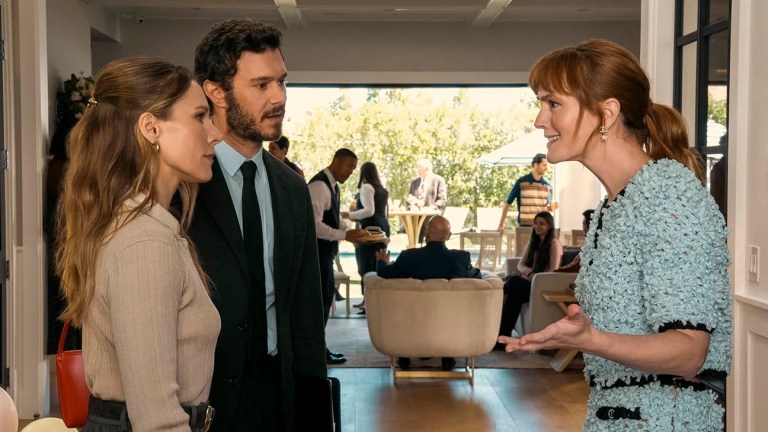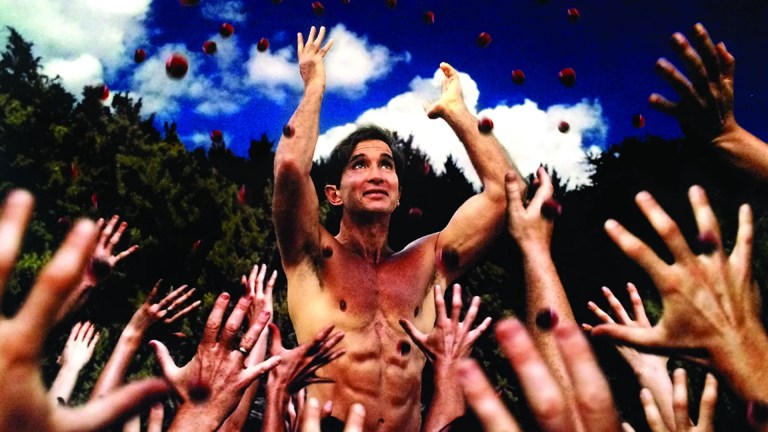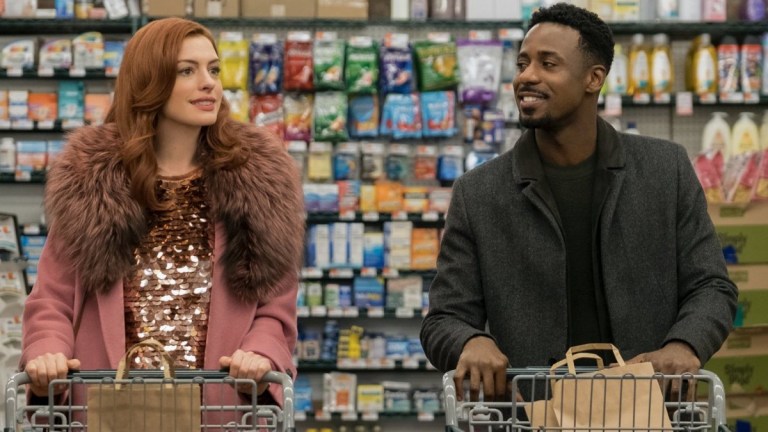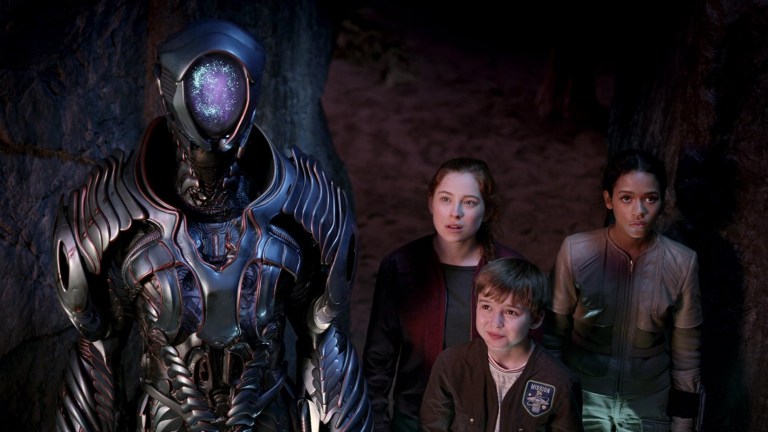
TV Shows Based On True Stories That Taught Us How To Lie, Look Hot, And Sell It
It’s easy to dismiss scammer stories as cautionary tales, little moral fables about the dangers of ambition or deceit. But the best ones (the ones we can’t stop watching and dissecting) aren’t really about the lie. They’re about the look. Netflix’s Inventing Anna and Apple Cider Vinegar don’t just dramatize two of the most infamous women-led scams of the last decade, they put the aesthetic at the center of the story.
Anna Sorokin, a fake German heiress with an enviable wardrobe, finessed New York’s elite into handing over hotel suites and private jet access. Belle Gibson, an Australian wellness influencer whose rise is reimagined in Apple Cider Vinegar, built a massive following and a profitable app by claiming she cured her terminal cancer with clean eating and alternative therapies. Spoiler alert: she never had cancer.
What makes both cases so compelling isn’t just what they lied about. It’s how well the lie worked and why it worked at all. Neither woman scammed her way to fame by hiding in the shadows. They did it under bright white light, with organic smoothies and designer sunglasses. They looked the part. And in our image-obsessed world, that was enough.
Inventing Anna – A Masterclass in Aesthetic Deception
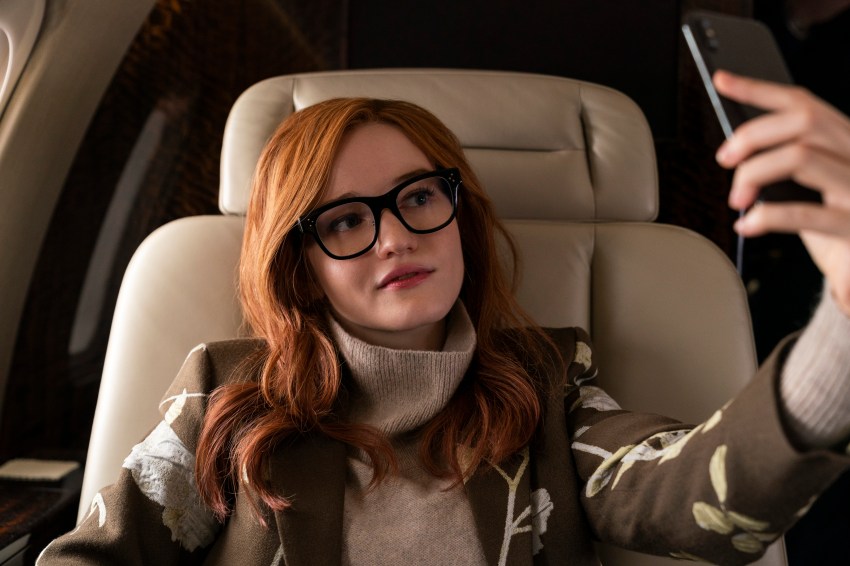
Anna Sorokin, a Russian-born con artist pretending to be a German heiress, fooled the New York elite into thinking she was old money just by the way she dressed. Her business plan for a foundation was simply an accessory, like the handbag she kept it in. Anna wore the uniform of the ultra-rich, with just the right amount of minimalism to scream generational money. She knew how to walk through a luxury hotel like she owned it and how to order food like she’d never looked at a price tag.
She dripped the right brands in quiet tones that read as “old money,” not influencer tacky. Anna didn’t ask to be believed. She made belief the default response. In a world shaped by image-first platforms, where vibes matter more than facts, everyone believed her. She just needed to look like someone who had it. She wasn’t technically a liar. She was an illusionist with perfect lighting because the scam was never about the details. It was always the aesthetic.
Apple Cider Vinegar – A Wellness Grift in Perfect Lighting
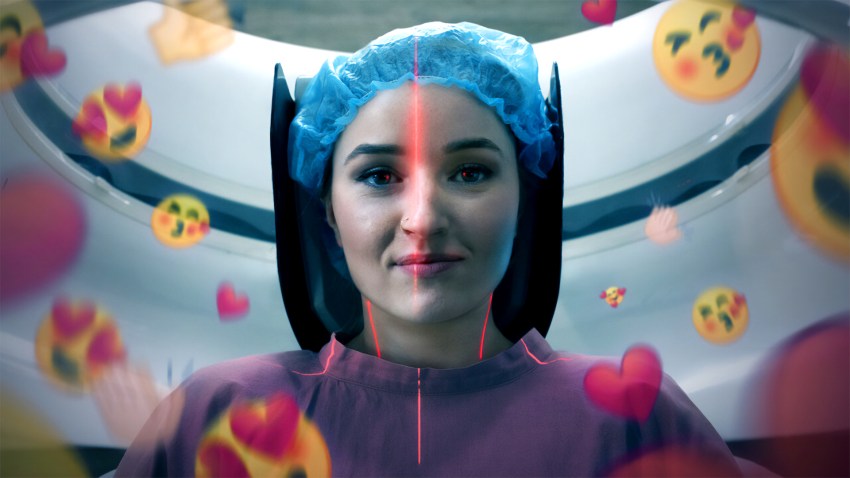
The Australian influencer at the heart of Apple Cider Vinegar, Netflix’s 2025 dramatization of her now infamous grift, didn’t just lie about curing brain cancer with green juice and good vibes, she built an empire on the illusion of health. And since she wasn’t actually sick at all, Belle was just performing for social media. Her scam was framed in eucalyptus branches, soft linen jumpsuits, and perfectly backlit smoothie bowls.
Belle knew how to curate a life that looked better. Not just healthy, but natural and impossibly serene. Her version of illness was cinematic with bad days, no hospitals, and no pain. Just quiet suffering, resolved through turmeric lattes and essential oils. Like Anna, Belle didn’t need proof. She had aesthetic authority, and everyone just went along with her faux medical claims because in the world of online wellness, belief is curated.
The Cult of Effortless Control
Anna and Belle don’t seem alike on the surface. One scammed financial institutions, while the other exploited health anxieties. But if you look closer, they’re selling the same product – the illusion of being in charge of your narrative without ever showing the ugly reality. Anna’s existence suggested a woman who was perpetually calm and well-liked. Belle built the same fantasy, only hers came in the form of green juices, morning mantras, and clean white plates full of plant-based nourishment.
These women didn’t just lie about circumstances, they lied about effort. They made wellness and success look super easy. In a culture obsessed with the cool girl who always seems like she has it all together, the unspoken promise is that if you’re doing it right, it won’t look hard. And if it seems difficult, you’re not trying hard enough. The terrifying part (besides the fact that people bought into it) is that they weren’t anomalies. They were aspirational templates.
What Instagram Can’t Show You
There’s a reason Anna Delvey’s Instagram never showed a declined credit card, and Belle Gibson’s wellness blog never mentioned her having to fake a seizure when someone asked the name of the doctor who initially diagnosed her with cancer. Social media doesn’t reward honesty, it rewards coherence. The tighter the aesthetic, the more convincing the illusion. There’s no room for failure when your feed is the product. No mess. No missteps. And definitely no context.
The truth is that most of us are only one good filter away from running the same scam. And the scariest part is that we wouldn’t even have to lie. Just hide a few inconvenient truths. Even if we don’t admit it, most people aspire to be like these women. In small ways, everyone is selling a life that looks flawless from the outside, with “spontaneous” engagement snaps, fairytale wedding photos, and dream vacations to exotic locations.
Maybe the lessons we can learn from the lies told by Anna and Belle are that we don’t have to filter out the parts of ourselves that we think are unglamorous. Because while we’re busy performing for an invisible audience, we risk missing actual life happening off-camera. Those moments may not fit the grid, but they matter so much more.
